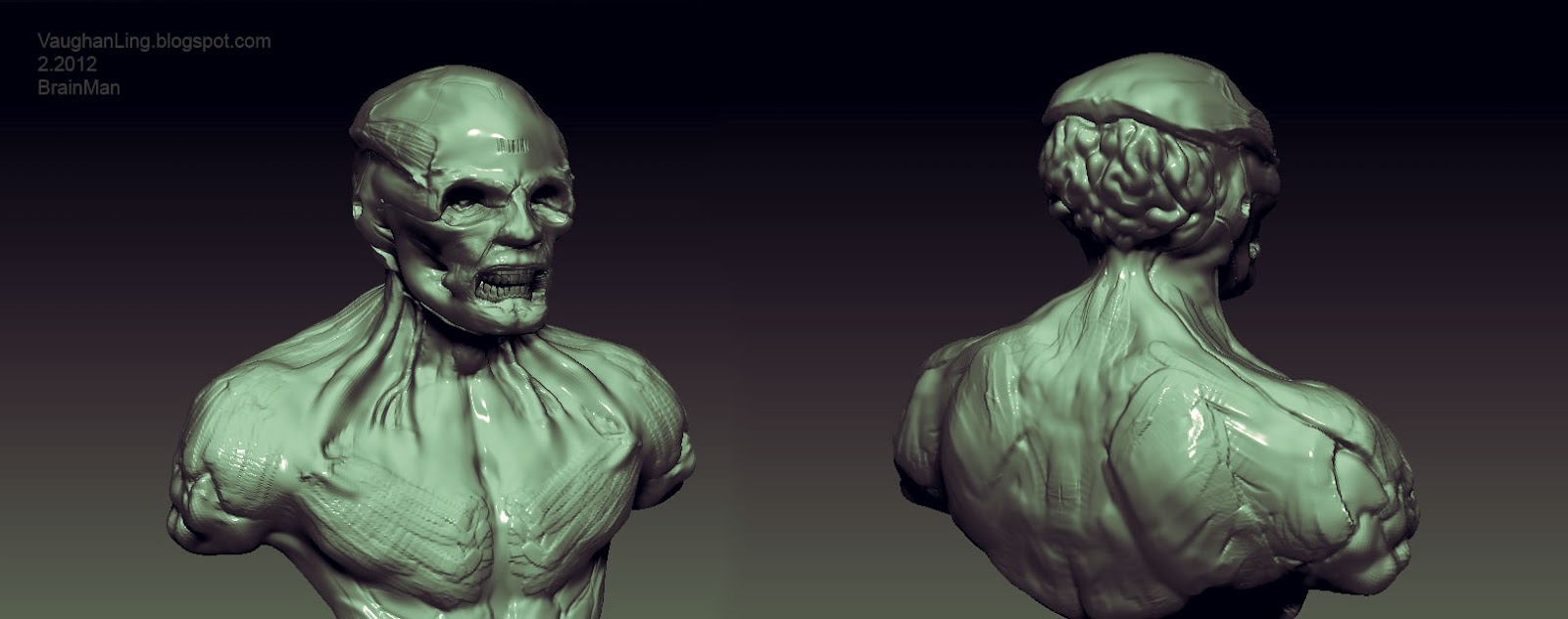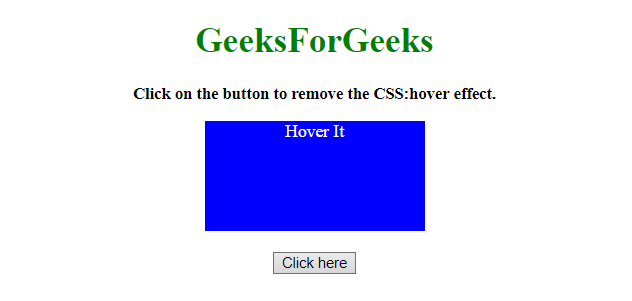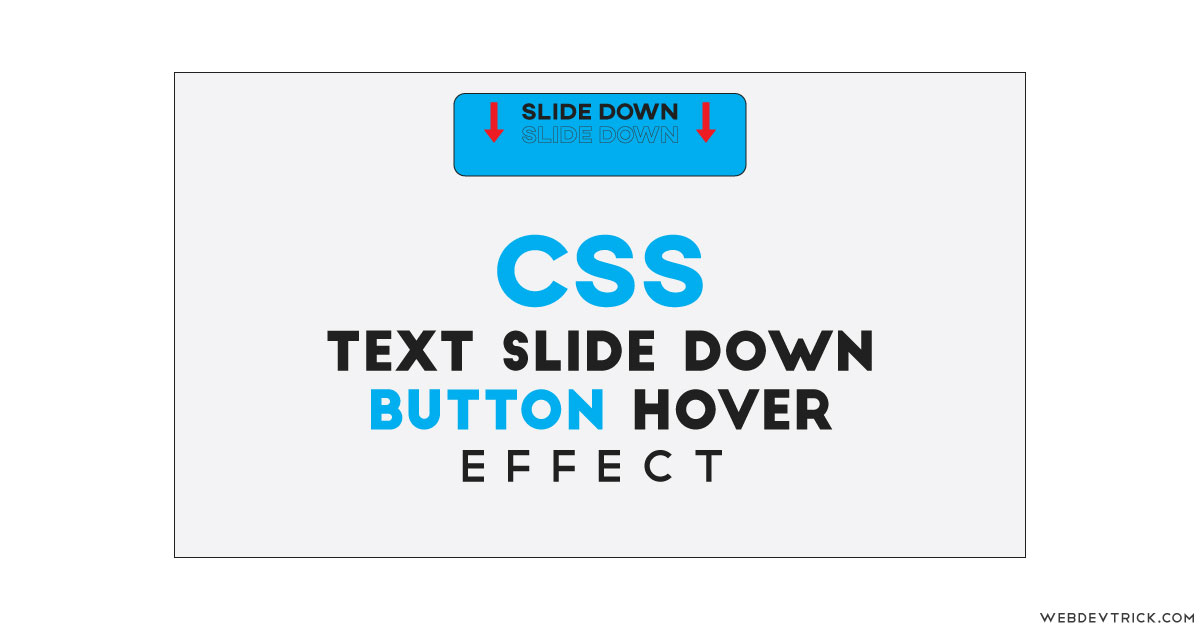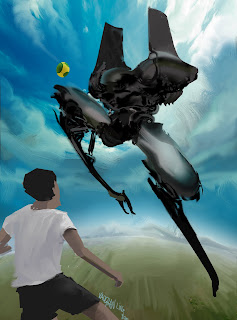
Hovering quickly puts it all back together. Here, the photograph appears to be split up within a grid layout. Want more mind-blowing fun? Here’s another example from Dimitra Vasilopoulou, who also created the reality-shifter above. It’s highly detailed, confusing, and mind-blowing all at once. As you hover over various parts of this building, blocks shift and scroll based on your cursor direction. Go ahead, play around with this example and see if you can keep your vision straight. It not only looks cool, but it also provides some context for users. But in this case, it seems like it would be a perfect hover effect to implement for photo galleries. Here’s a snippet that brings to mind someone unfolding a hand of playing cards for all to see. Amazingly, the vast majority of the work is done by CSS alone.
#CSS HOVER EFFECTS CC TRICKS TV#
It’s also reminiscent of the opening credits to a TV show. This combination of skewed caption containers, sharp typography, and quick animation is powerful.

#CSS HOVER EFFECTS CC TRICKS FULL#
Of particular note here are the CSS3 filter effects, as they bring sepia and grayscale images to full color upon hovering.

But that speed doesn’t take away their potency. What’s great about this collection of hover effects is that they provide instant gratification. This technique results in cinematic-quality effects that would be otherwise difficult to achieve. From there, CSS filters are separately added to each image. The result is still full colour.This clever use of CSS and JS duplicates the image and layers them on top of each other. background-size: cover ensures the image completely covers the space and hsl colour is used behind the image as it is very easy to alter, which will become important later. Combined with a border-radius of 50% and hidden overflow, it creates a perfect circle. Inline-block mode is used so the link may be provided with both a width and a height. The HTML will be a simple link: īackground: url(profile1.jpg) no-repeat center hsl(200,50%,50%) To demonstrate this, we'll take an image (fig 3, from facebox.io), make it a background, and add a colour behind it. Rather than explaining each of the modes in depth, I'm going to use examples to demonstrate how they can be used today.įigure 3: A bitmap image layered on top of a background base layer in a solid colour

I've highlighted only those that appear in the current spec in fig 1

Your list of available blend modes will contain various names, depending on the version of Photoshop you're using.


 0 kommentar(er)
0 kommentar(er)
